How to clean a dishwasher – 6 steps to ensure a thorough clean and efficient results
Maintaining your appliance will make your dishes sparkle


Sarah Warwick
A dishwasher's whole purpose is to clean, so it should pretty much take care of itself, right? Unfortunately, as with any appliance, dishwashers need regular cleaning to keep them safe and efficient.
Over time, food debris, soap scum, and minerals can wreak havoc on your dishwasher's filters and seals, causing blockages and mold growth if not properly taken care of.
Here, professional cleaners have shared their tips for how to clean a dishwasher when cleaning a kitchen to extend the life of your appliance.
How to clean a dishwasher
So far as how often to wash a dishwasher goes, you're looking at every month or so, depending on how often you use it and what you put in it. How you load a dishwasher can also play a part.
Generally speaking, you want to empty food debris out of the filter at the base of your dishwasher after every use, wipe down the door and gasket every week, and deep clean every month, particularly if you have noticed your dishwasher not cleaning your dishes effectively.
Before you can start deep cleaning, you will need the following:
- Warm water
- Dish soap, like Dawn from Walmart
- Distilled white vinegar, also from Walmart
- Baking soda, such as Arm & Hammer at Walmart
- A dishwasher cleaner, such as Finish from Amazon
- A scrubbing brush (from Walmart), or an old toothbrush
- A clean cloth
- Rubber gloves, from Amazon, if you don't want to touch wet food
1. Clean the filter and racks
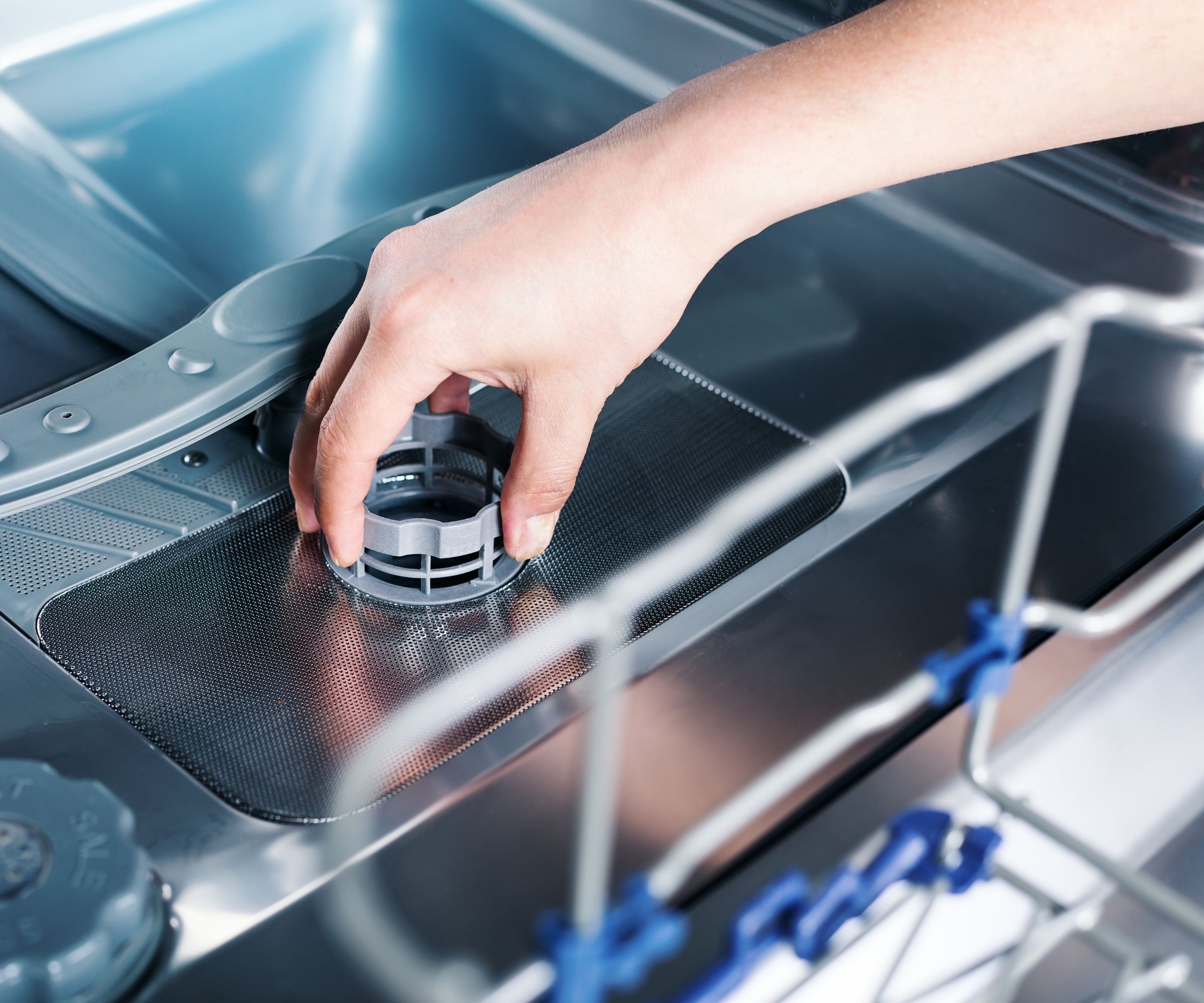
Before you can start cleaning, remove the empty racks and utensil holder before removing and emptying the filter.
Smeg’s home economist, Clare Edwards begins, ‘Cleaning the filter in your dishwasher‘s base regularly is crucial. This collects food particles and residue and can not only produce an odor if not cleaned but will also reduce the dishwasher’s performance.’
A clogged filter may be one of why your dishwasher isn't cleaning.
Adrii Gurskyi, cleaning expert and co-founder at HomeClean continues, 'The first step in cleaning a dishwasher filter is to identify where it is located in your specific dishwasher model. Typically, it is located at the bottom of the dishwasher, near the spray arm. Once you have located it, remove the filter from the dishwasher.
'Rinse it under running water to remove any loose debris, such as food particles or dirt. Next, use a soft-bristled brush or toothbrush [from Walmart] to gently scrub away any remaining debris or buildup. Rinse the filter again under running water and replace it back into the dishwasher.'
You might also need to use a dab of dish soap to help clear away debris and get rid of dishwasher smells. Andrii warns against using harsh chemicals, 'using harsh chemicals or abrasive cleaners can damage the filter and affect the performance of the dishwasher.'
Once the filter is clean, it can be replaced in the machine.
2. Remove debris from the unit

With the racks out of the way, now is a good time to wipe down the interior of your dishwasher with a clean microfiber cloth damped with equal parts warm water and white vinegar.
This will remove any little stuck-on bits of food while helping to neutralize odors that might be making your kitchen smell bad.
Forgetting to do so is a common dishwasher mistake that stinks out your space.
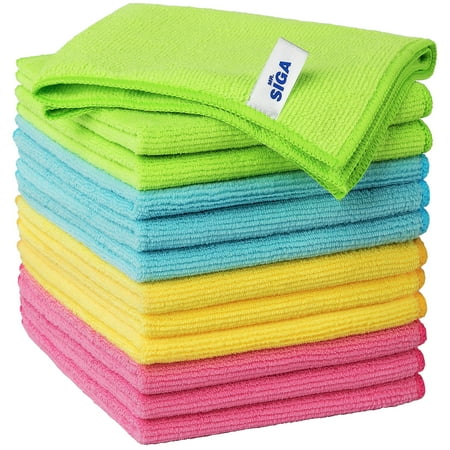
Machine washable, microfiber cloths are one of the best sustainable ways to clean your home.
3. Scrub the spray arms
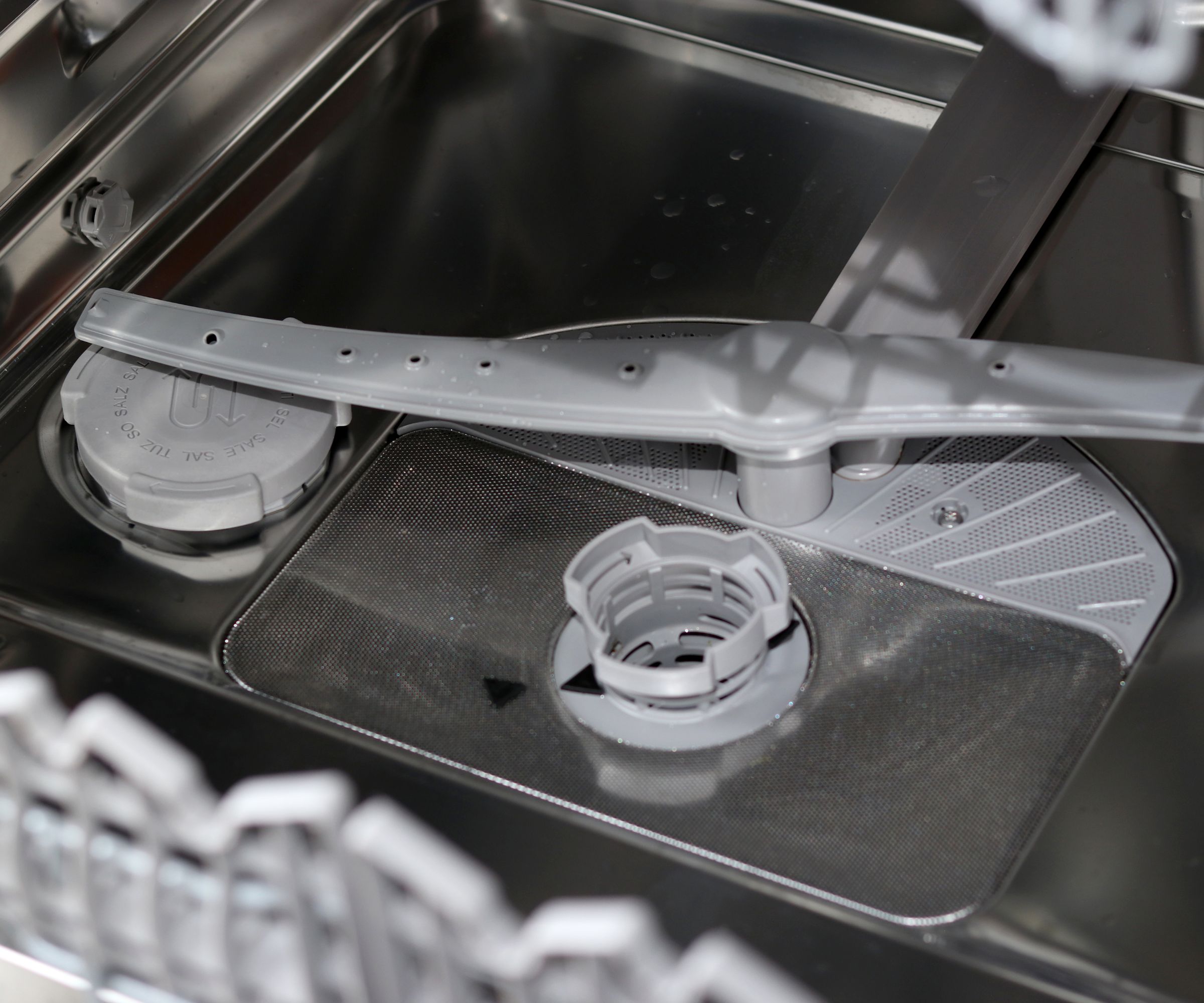
Your final task before replacing the racks is to clean the spray arms. Michael Green, vice president of operations at Benjamin Franklin Plumbing points out that, ‘This is especially important if you have hard water as calcium and scale deposits will crust over the spray holes.'
To clean them remove the arms from the machine according to the manufacturer’s instructions. Usually, scrubbing them over with a soft-bristled brush or old toothbrush will do the trick, but you may also need to use a cocktail pick, available at Walmart, to poke any material out of each of the holes.
If the deposits are particularly stubborn, you may need to try cleaning with vinegar, and soaking the spray arms in white vinegar for 15-30 minutes to descale. Leaving them clogged is one way you might be shortening the lifespan of your dishwasher.
Finish by rinsing the spray arms under the faucet before replacing them and the trays.

A soft bristled scrubbing brush should be in everyone's cleaning arsenal, helping to clear away debris without damaging the surface beneath.
4. Wipe down the door and seals
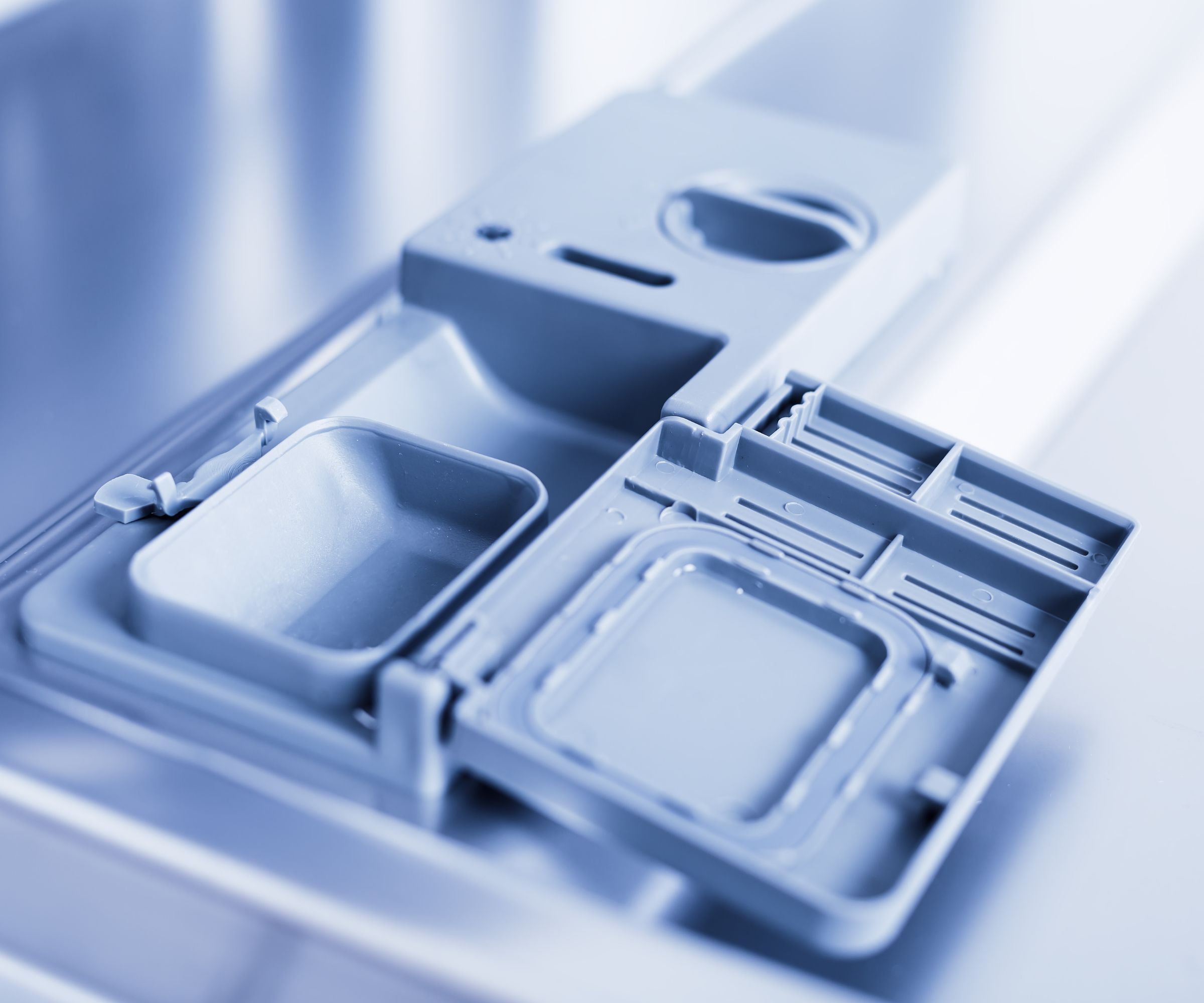
Before running a cleaning cycle, the final step is to quickly wipe over the inside of the dishwasher door (not forgetting to wipe out the detergent tray from soap buildup), and the rubber seals around the outside.
Dampen a clean microfiber cloth with white vinegar to scrub over these spaces (as vinegar kills mold). You might also find it helpful to spray the seals with vinegar and let them soak for up to 30 minutes to help lighten tough mold stains and kill off spores and bacteria.

If you are not a fan of strong vinegar smells, a scented vinegar can be a great alternative. Not to mention that it will help make your dishwasher smell better, too.
5. Run a cleaning cycle

With the shelves and filter back in place, run a full cleaning cycle.
There are two ways to do this, the main approach is to use a commercial cleaning solution such as Affresh Dishwasher tablets, from Walmart. Simply pop a tablet in the detergent tray and run a hot cycle.
If you do not have any dishwasher tablets, Andrew Brown, appliance repair technician at This Fixed House saye, 'Place a cup of white vinegar in a dish on the top rack of your dishwasher. Run a hot-water cycle to clean and deodorize the dishwasher after use, as white vinegar has a strong odor.
'You can also mix 1/2 cup of baking soda with 1/4 cup of salt, and sprinkle the mixture into the dishwasher. Run a normal cycle with hot water.'
6. Top up the salt
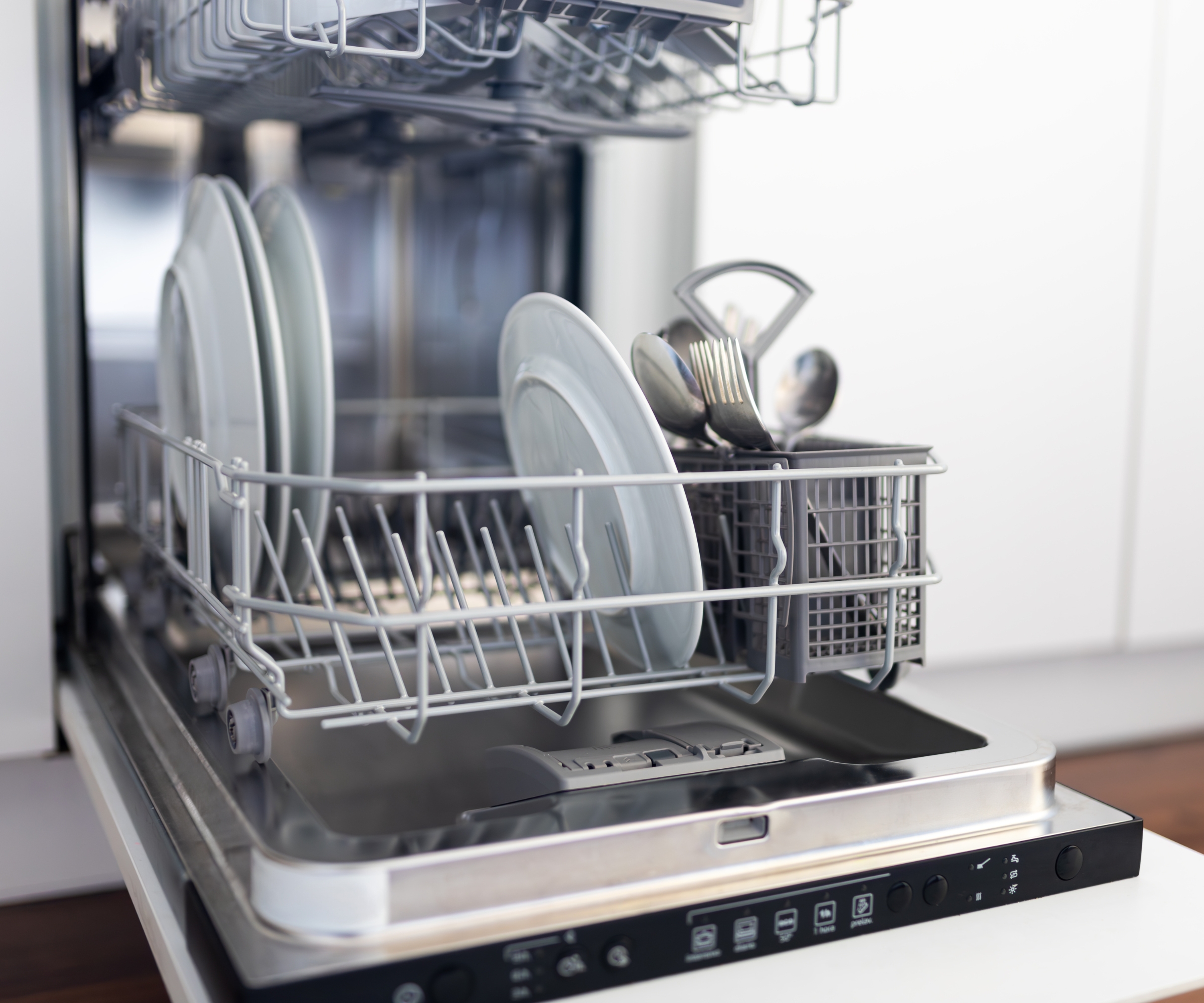
Keeping the salt in a dishwasher topped up is important to prevent limescale buildup in the first place, so make sure you add it when the machine’s indicator shows it’s needed.
While it isn’t part of how to clean a dishwasher itself, adding a rinse aid such as Finish Jet-Dry from Amazon, is a quick dishwasher maintenance trick that will make your appliance's job easier, helping to get rid of food debris and make glasses streak-free.
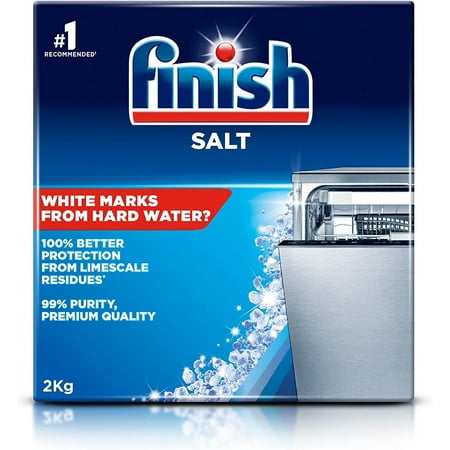
Dishwasher salt ensures water purity, minimizing hard water stains and limescale build up in your dishwasher and on your dishes.
FAQs
Can you clean a dishwasher with bleach?
It is never a good idea to clean dishwasher with bleach. Bleach is an incredibly astringent chemical that can damage the seals and inner pipes of your appliance, no to mention that left over residue can be incredibly dangerous for your health should it contaminate your dishes.
Why does my dishwasher smell?
A dishwasher can start to smell for several reasons. the most common offender is a build-up of grime and food debris in and around the filter. Cleaning out the filter is the quickest fix for this.
Bad odors can also be caused by mold in a dishwasher. Cleaning with vinegar (focusing on the seals) can help get rid of dishwasher smells, as can leaving the door open between uses to allow it to air dry, avoiding trapping musty odors. Adding lemons to a dishwasher when running a cycle can also help add a fresh scent.
fter cleaning the interior of your dishwasher, finish up by buffing the exterior with a clean, dry cloth to make it shine. You can even try polishing stainless steel appliances with olive oil for a streak-free shine that will make your dishwasher look brand new.
Next, learn about the costly mistakes that are reducing the lifespan of your appliances.
Sign up to the Homes & Gardens newsletter
Design expertise in your inbox – from inspiring decorating ideas and beautiful celebrity homes to practical gardening advice and shopping round-ups.

Chiana has been at Homes & Gardens for two years and is our resident 'queen' of non-toxic living. She spends most of her time producing content for the Solved section of the website, helping readers get the most out of their homes through clever decluttering, cleaning, and tidying tips. She was named one of Fixr's top home improvement journalists in 2024.
- Sarah WarwickContributing Editor
-
 I put the Echo DPE-2100 lawn edger to the test, and was impressed with how it handled my tough grass and corner lot
I put the Echo DPE-2100 lawn edger to the test, and was impressed with how it handled my tough grass and corner lotThis battery-powered edger was better than I expected at keeping my yard neatly trimmed
By Jason Cockerham
-
 I tried using a paper towel holder to organize trash bags – it’s a sleek and space-saving solution that will transform cramped storage spots
I tried using a paper towel holder to organize trash bags – it’s a sleek and space-saving solution that will transform cramped storage spotsIt makes changing liners around the house so much easier
By Eve Smallman
-
 5 things people with clean mudrooms always do – it will consistently and easily keep dirt at bay
5 things people with clean mudrooms always do – it will consistently and easily keep dirt at baySay goodbye to muddy spring foot prints with these expert-approved tips
By Eve Smallman
-
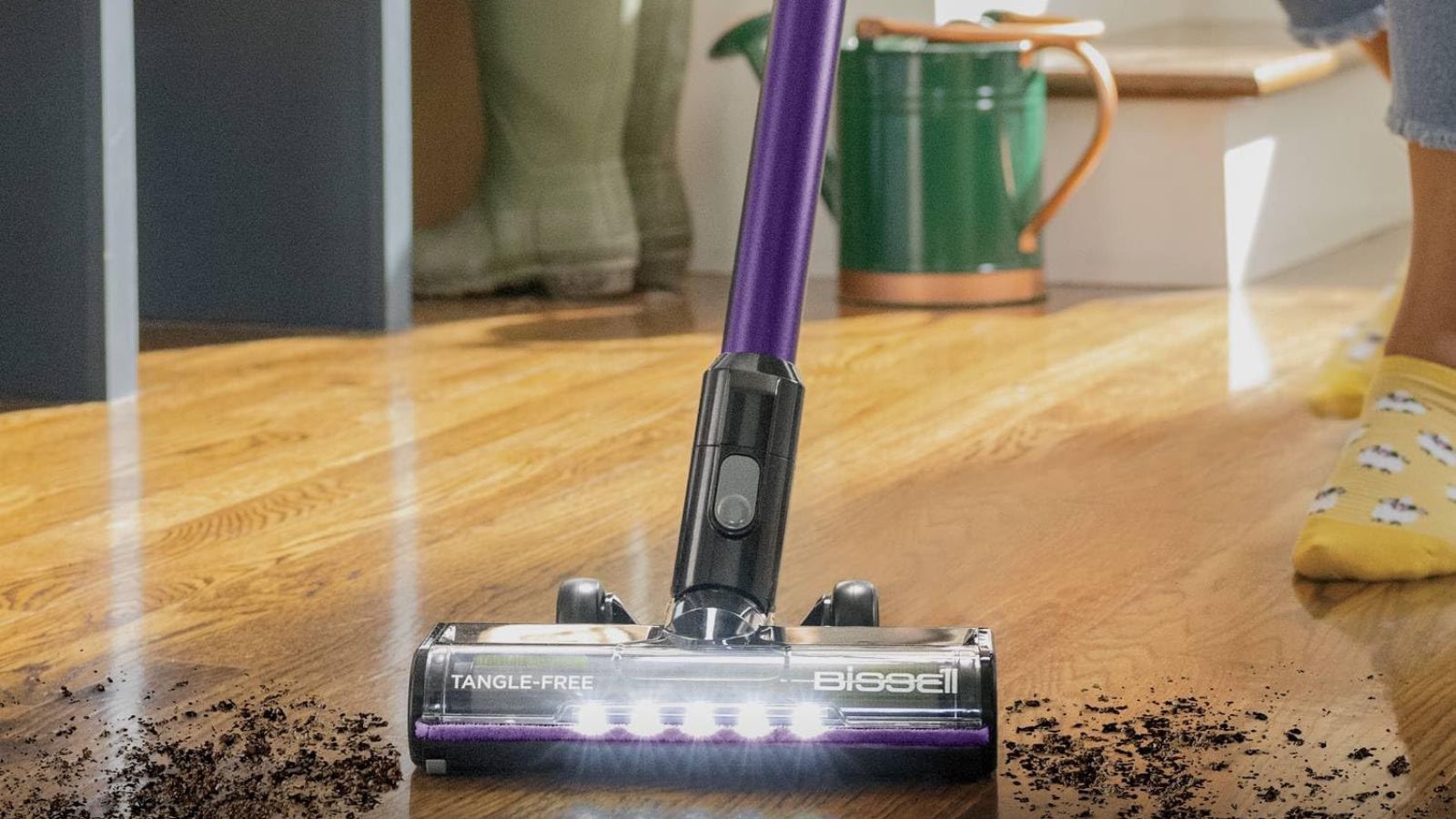 Bissell CleanView XR Pet 300W Stick cordless vacuum review – it's a great budget vacuum, but by no means perfect
Bissell CleanView XR Pet 300W Stick cordless vacuum review – it's a great budget vacuum, but by no means perfectLow price point, but with the cleaning performance to match it
By Camryn Rabideau
-
 'It's surprisingly effective' – How to clean with white bread, and why this pantry staple might be just what your cleaning routine is missing
'It's surprisingly effective' – How to clean with white bread, and why this pantry staple might be just what your cleaning routine is missingIs this unusual cleaning hack the best thing since sliced bread?
By Ottilie Blackhall
-
 I’m a professional cleaner, and I swear by these quick and easy tips to clean pet hair from wooden floors
I’m a professional cleaner, and I swear by these quick and easy tips to clean pet hair from wooden floorsStaying on top of the mess makes it 10 times easier
By Carolina Kazimierski
-
 I tried this glycerin hack to stop the mirror in my bathroom from fogging up – and it worked like magic
I tried this glycerin hack to stop the mirror in my bathroom from fogging up – and it worked like magicIt instantly fixed one of my biggest pet peeves
By Chiana Dickson
-
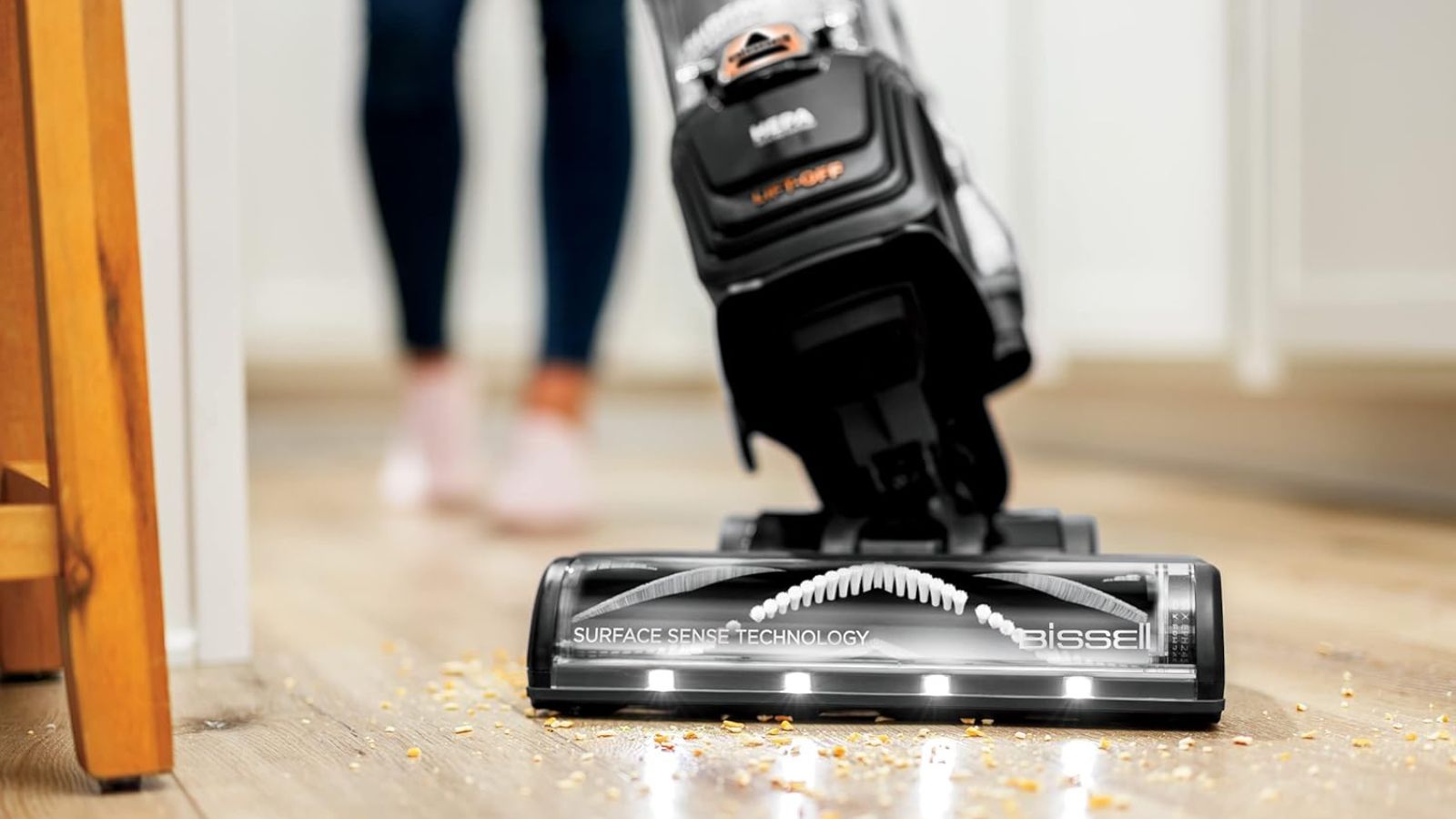 I tested the Bissell SurfaceSense Allergen Pet Lift-Off upright vacuum – and love how impressively it cleans every surface at this price
I tested the Bissell SurfaceSense Allergen Pet Lift-Off upright vacuum – and love how impressively it cleans every surface at this priceAfter two weeks of vacuuming and testing, I'm recommending this budget-friendly vacuum to everyone
By Camryn Rabideau
-
 Using my Iranian grandma's fridge trick keeps my crisper drawer pristine – and fresh produce lasts twice as long
Using my Iranian grandma's fridge trick keeps my crisper drawer pristine – and fresh produce lasts twice as longIt's amazing how a simple tweak can make such a big difference
By Punteha van Terheyden
-
 Engineers reveal the 4 common faults they're always fixing in Shark vacuums – and how you can prevent them from happening
Engineers reveal the 4 common faults they're always fixing in Shark vacuums – and how you can prevent them from happeningThese checks will restore your Shark vacuum to its former glory
By Dan Fauzi